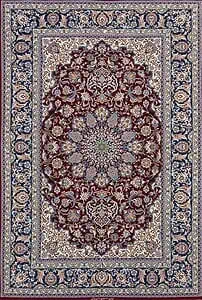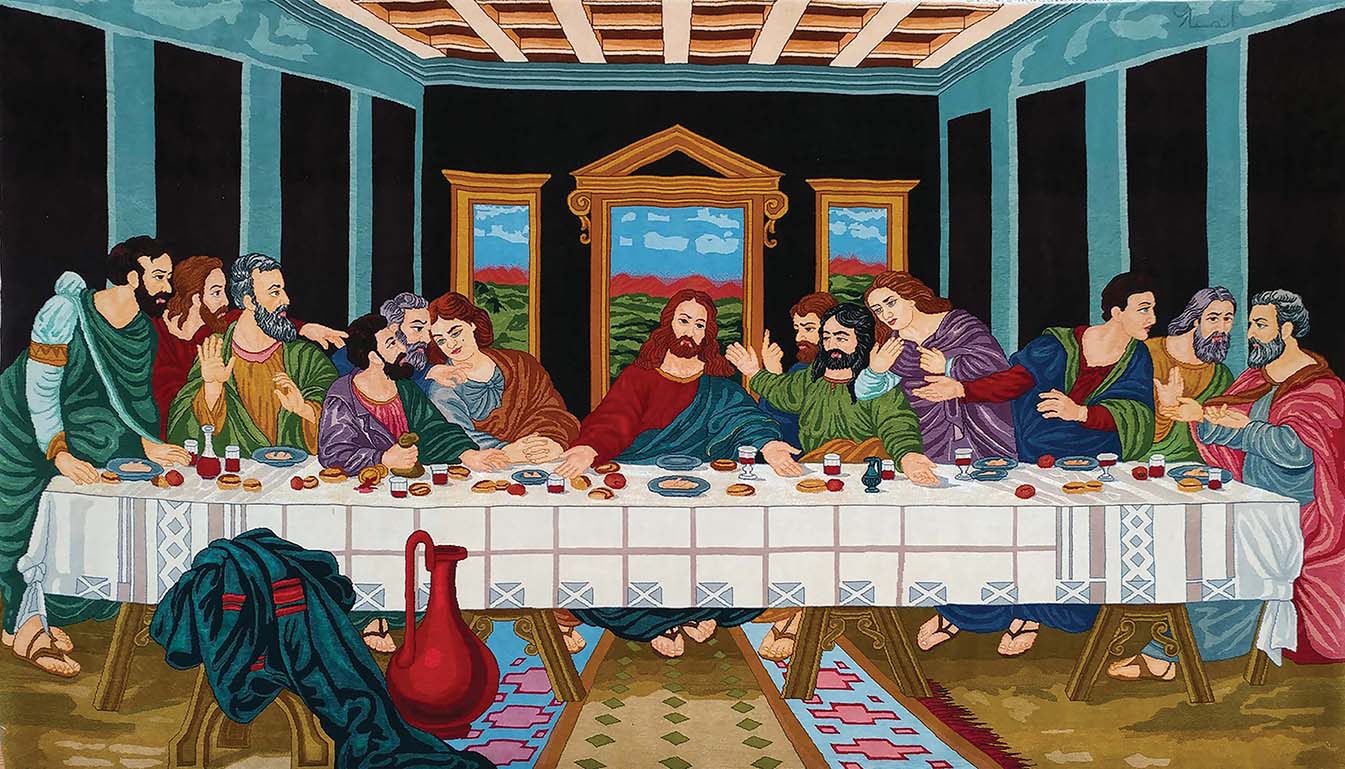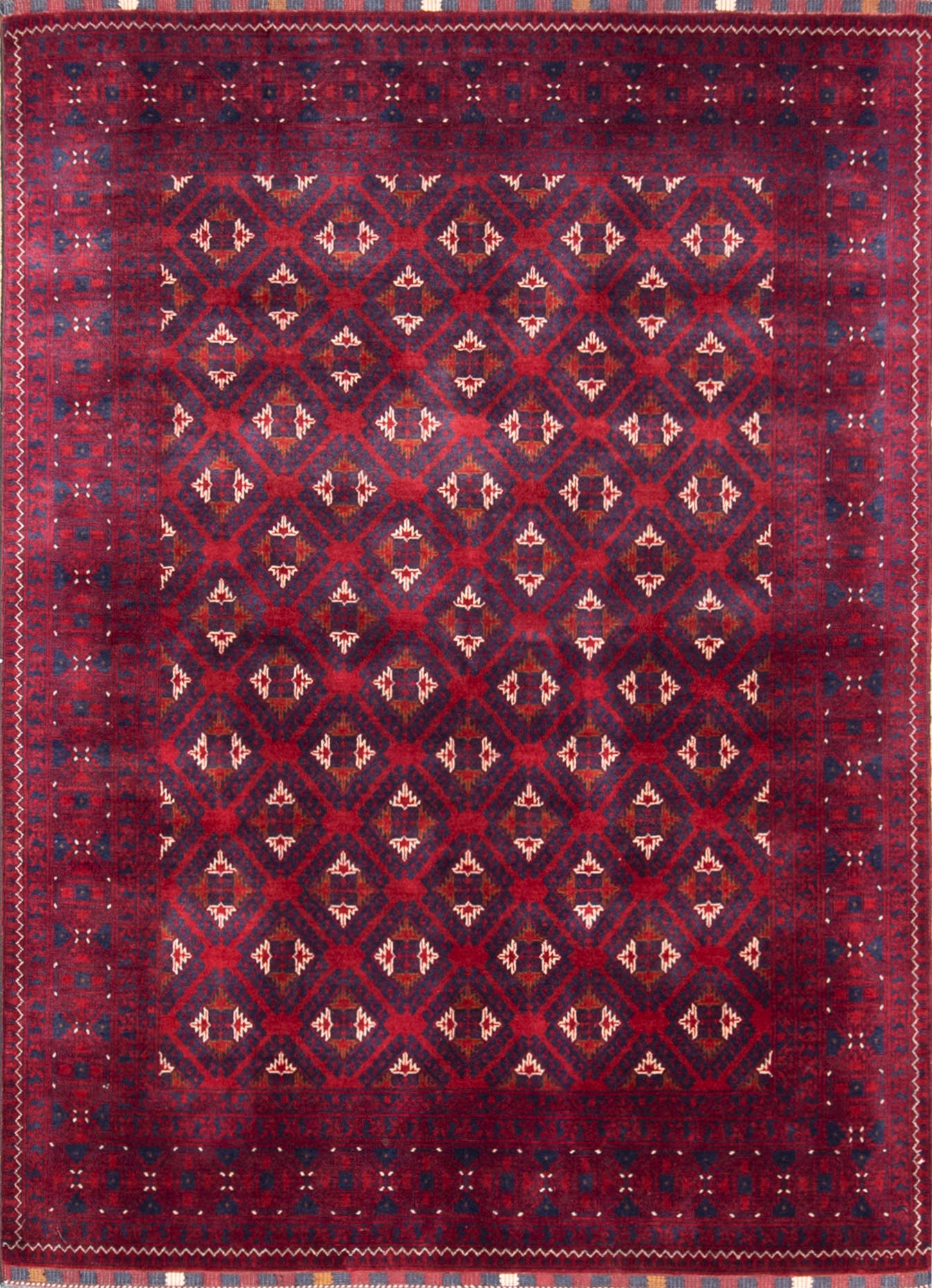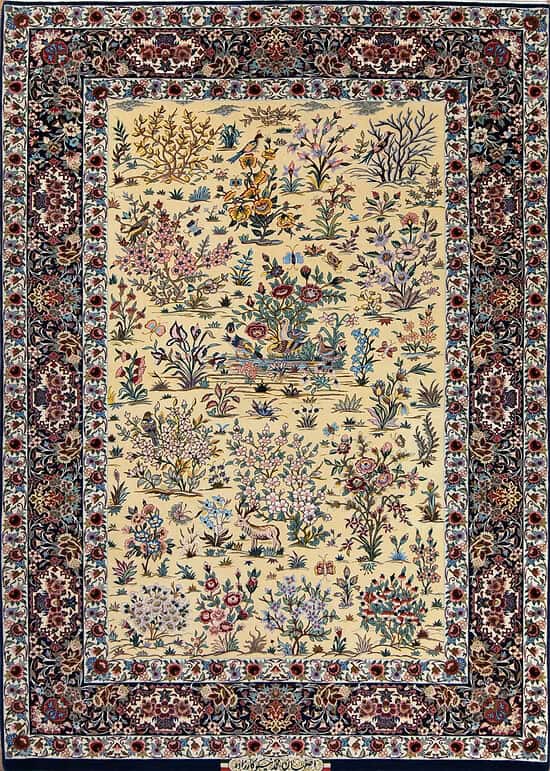
Vegetable dye rugs have a depth of color that feels alive. Vegetable dyes derived from plants, roots, bark, and insects, such as cochineal, are natural dyes that produce layered hues that mature rather than fade. In fine handmade Persian weaving, that nuance is part of the magic: tones bloom, abrash (gentle shade variation) reads as movement, and the whole field develops a quiet glow over time. For design lovers and collectors, vegetable dye rugs offer authenticity, longevity, and enduring value—qualities we live and breathe at Beautiful Rugs.
What Makes Vegetable Dye Rugs Special
Natural dyes originate from time-honored sources—madder for reds and rusts, indigo for navy to near-black blues, walnut hulls for brown, and plant matter such as pomegranate or rhubarb for golden yellows and greens. Small-batch dyeing and hand-spun wool lead to subtle variations that create the celebrated abrash. Instead of flat, synthetic color, you see tonal dimension and a soft, organic patina.
Beauty You Can See—and Feel
Collectors praise vegetable dye rugs for nuanced colors and elegant aging. Reds from madder warm into burnished copper; indigo grounds soften into midnight blue; borders take on a candlelit glow. This graceful evolution is why an antique Persian rug in natural palettes commands attention—and why we encourage shoppers to explore our curated selection of Antique Persian Rugs when seeking truly heirloom pieces.
If your home features timeless materials—such as stone, wood, and linen—vegetable-dyed palettes blend in effortlessly. For inspiration, browse our magnificent Persian Rugs Collection to see how natural color elevates traditional and modern rooms alike.
Benefits That Matter to Collectors
Longevity & Lightfastness. Properly mordanted vegetable dyes age beautifully, avoiding the harsh, abrupt fading sometimes seen in poorly fixed synthetics. When paired with fine, hand-spun wool, the colors gain depth as the pile polishes with use.
Authenticity & Value. Natural palettes are a hallmark of high craftsmanship in Persian weaving. Many important 19th–early-20th century carpets feature vegetable dyes, a key reason discerning buyers regard them as collectible cultural assets. If you’re building a collection, our team offers professional Rug Appraisals & Consultations to guide purchases with confidence.
Health & Ecology. Traditional dyeing relies on plant-based sources and artisan methods rather than harsh, mass-production chemistry. For households seeking healthier interiors, vegetable-dyed wool rugs are an elegant, low-toxicity choice.
How to Identify Vegetable Dyes
Look for complex, non-neon reds, deep indigo grounds, and natural abrash that changes gently across the field. On the reverse, the color should feel saturated. Avoid burn or chemical tests; they can harm the rug and still be inconclusive. When in doubt, request an expert opinion through our Rug Cleaning & Repair page—our specialists can examine the piece safely and advise.
Care & Preservation Tips
- Vacuum with the beater bar off or on a gentle setting.
- Rotate twice a year to even light exposure.
- Sunlight: moderate, filtered light is acceptable; avoid direct, intense UV rays.
- Spills: blot—don’t rub—with a clean, undyed cloth; then contact professionals.
- Professional Cleaning: Schedule periodic washes with experts who understand vegetable dyes; book through Rug Cleaning & Repair.
Choosing Vegetable Dye Rugs for Design—and Investment
Vegetable dye rugs bring a museum-level character to both classic and contemporary spaces. An odd-size gallery runner with black and rust tones—similar to our antique Persian Farahan example—creates a dramatic axis in hallways and salons. If you’re searching for distinctive dimensions, explore Odd Size Rugs. For connoisseurs of regional schools, our curated Persian Farahan & Isfahan Selections reveal how natural palettes amplify floral lattices, medallions, and intricate borders.
Ready to compare options in person or via high-resolution photos? Visit our Beautiful Rugs Homepage and contact us for concierge assistance.
FAQ
Are vegetable dyes more fade-resistant than synthetics?
When properly mordanted and cared for, vegetable dyes age more gracefully, developing a patina rather than a chalky fade.
Why do natural-dyed rugs show slight color shifts?
That’s abrash—a hallmark of authenticity caused by small-batch dyeing and hand-spun wool.
Will professional cleaning remove natural dye?
Not when performed by experts trained in traditional methods. Schedule service through Rug Cleaning & Repair.
Browse Our Old and Antique Rugs





